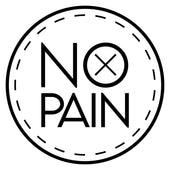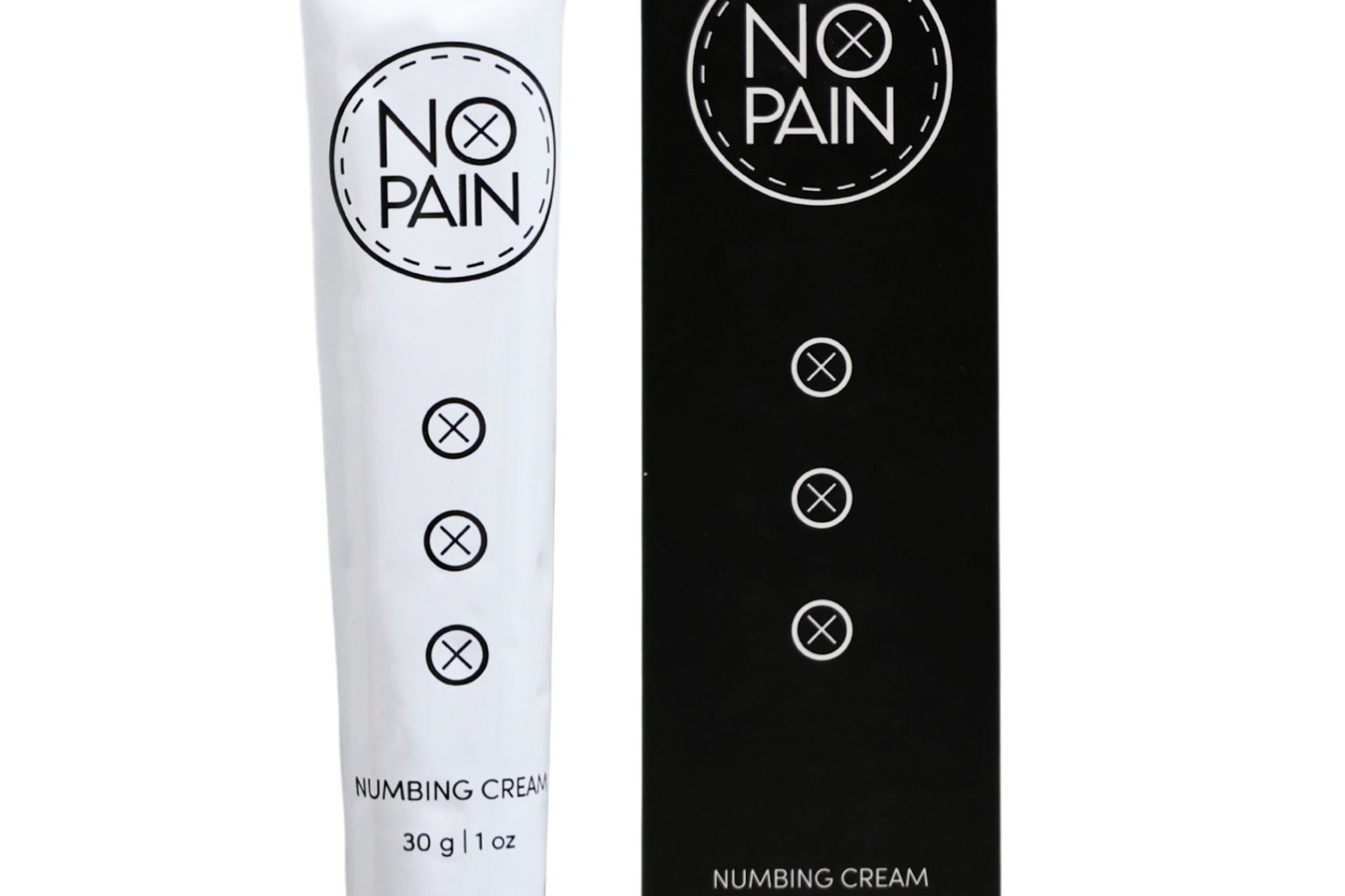The forearm is one of the most popular and classic placements for a tattoo. It’s a prime piece of real estate to display meaningful art, and for many, it’s the starting point of their tattoo journey. But its popularity comes with one big question that everyone asks before their first session: "How much is this going to hurt?"
The good news is that the forearm is generally considered one of the less painful places to get tattooed. However, "less painful" isn't "pain-free," and the pain level can change dramatically depending on where on the forearm the needle is working.
This guide will break down the forearm pain map zone by zone, discuss the factors that influence pain, and introduce the best solutions to make your experience as comfortable as possible.
The Forearm Pain Map: A Zone-by-Zone Breakdown
Not all parts of the forearm are created equal. The pain you feel is directly related to nerve endings, skin thickness, and proximity to bone. Here’s what you can generally expect, on a pain scale of 1 to 10.
Outer Forearm (Top)
-
Pain Level: 2-4/10
This is often called the tattoo "sweet spot." The fleshy, muscular top part of your forearm has thick skin and plenty of muscle padding between the skin and the bone. For most people, the pain here is very manageable, often described as a low-level scratching or a dull burning sensation.
Inner Forearm
-
Pain Level: 4-6/10
The tender skin on the underside of your arm is more sensitive. The skin is thinner, and major nerves like the radial, ulnar, and median nerves run through this area. The pain here is typically described as sharper and more noticeable than on the outer forearm.
The Wrist (Inner and Outer)
-
Pain Level: 7-9/10
This is where the pain level takes a significant jump. The skin on the wrist is very thin, and the needle is working directly over the many small bones and a high concentration of nerve endings. The vibration over the bone combined with the sharp nerve pain makes the wrist one of the most challenging parts of any forearm piece.
The Elbow Ditch (Inner Elbow)
-
Pain Level: 8-10/10
Alongside the wrist, the "ditch" is widely considered one of the most painful spots you can get tattooed on your entire arm. The skin here is extremely thin, stretchy, and packed with sensitive nerves. There is virtually no fat or muscle to cushion the impact. The pain is often described as exceptionally sharp and intense.
You're in Control: How to Make Your Forearm Tattoo Hurt Less
While some sensation is part of the process, you have a huge amount of control over how much you actually have to endure.
1. Prepare Your Body: Get a full night's sleep before your appointment. Eat a solid meal about two hours beforehand to keep your blood sugar stable, and stay well-hydrated. Do not drink alcohol the night before, as it can thin your blood and increase sensitivity.
2. The Ultimate Pain Management Tool: Numbing Cream
For anyone nervous about pain, especially near the wrist or elbow, or for those planning a long session, using a topical anesthetic is a complete game-changer.
Our No Pain Tattoo Numbing Cream is specifically designed for this. When applied correctly 60-90 minutes before your appointment, it deeply numbs the top layers of skin, turning a potentially grueling session into a much more manageable and even comfortable experience. This allows you to sit calmly and comfortably, which in turn helps your artist do their absolute best work.
3. Go the Distance During Long Sessions
For forearm sleeves or other large pieces that last all day, even the best pre-numbing can wear off. That's where our No Pain Tattoo Final Mile Gel™ comes in. It's a powerful formula designed for use on already broken skin to extend the numbing effect mid-session, helping you get through those last crucial hours in comfort.
Planning a big forearm piece? Our No Pain Tattoo Numbing Products Bundle (Comfort Bundle) is the perfect toolkit to ensure your comfort from start to finish.
So, how much does a forearm tattoo hurt? It truly depends on the location. But with the right preparation and the right products, it doesn't have to hurt nearly as much as you might think. Now you can focus less on the pain and more on the beautiful art you're about to have for a lifetime.

